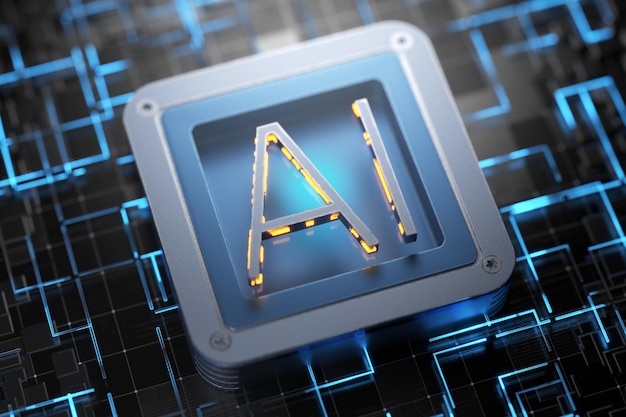Rising Cyber Threat of AI: An In-Depth Analysis
Artificial Intelligence (AI), once considered a revolutionary technology with infinite potential, is now becoming a double-edged sword in the cybersecurity landscape. In recent years, the number of reported
cyber attacks
using AI has skyrocketed, making it a top concern for organizations and individuals alike. According to The Kiplinger Letter, this trend is only going to continue in the coming years, and it’s crucial to understand the reasons behind it and how to mitigate the risks.
The Evolution of AI in Cyber Threats
AI has been a game-changer for cybercriminals. Machine learning algorithms have enabled them to develop sophisticated attacks that can adapt to new security measures and evade detection systems more effectively than ever before.
Phishing attacks
, for instance, have become increasingly sophisticated with the use of AI to create personalized messages tailored to each victim. Ransomware attacks are also evolving, with some variants now using AI to identify and encrypt the most valuable data on a network, increasing their ransom demands.
The Impact of AI on Cybersecurity Defenses
While AI is being used to launch more sophisticated cyber attacks, it’s also being used to improve cybersecurity defenses. Many organizations are investing in AI-powered security solutions to help detect and respond to threats more quickly and effectively. However, as with any technology, there are challenges associated with implementing AI in cybersecurity defenses. One of the main concerns is
false positives
– identifying potential threats that turn out to be harmless, leading to wasted time and resources. Another concern is the potential for AI-generated false negatives, where legitimate traffic or behavior is incorrectly identified as a threat, causing unnecessary disruption.
The Future of AI and Cybersecurity
As the use of AI in cyber threats continues to grow, it’s important for organizations and individuals to stay informed about the latest trends and developments. This includes investing in the right security solutions, implementing best practices, and staying up-to-date with the latest threats and vulnerabilities. According to The Kiplinger Letter, some of the key areas to watch in the coming years include the use of AI for
zero-day attacks
, the potential impact of quantum computing on cybersecurity, and the increasing importance of human oversight in an increasingly automated threat landscape. By staying informed and taking a proactive approach to cybersecurity, we can mitigate the risks associated with AI and continue to harness its potential for good.
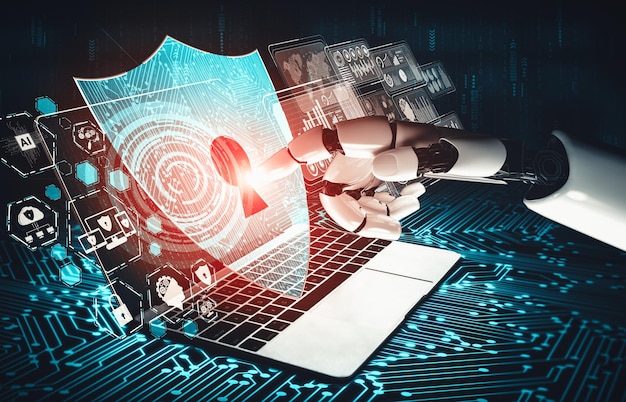
I. Introduction
The Kiplinger Letter, a renowned publication since 1923, is
timeless resource
, now in its 98th year of operation, has built a solid foundation on delivering trustworthy and insightful information to subscribers.
With the
digital age
in full swing, a new era of technological innovations has emerged, and one such development that continues to make waves is Artificial Intelligence (AI). This game-changing technology is revolutionizing industries, enhancing productivity, and transforming the way we live and work. However, as with any technological advancement, there exists a
dark side
: the increasing cyber threat posed by ai.
It is essential to acknowledge and
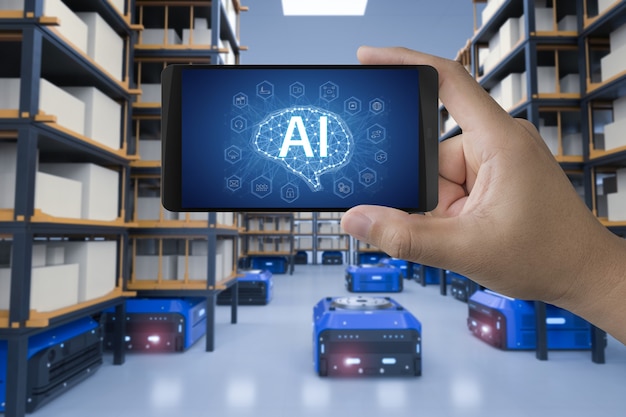
Understanding Artificial Intelligence
Definition and explanation of AI
artificial intelligence (ai) refers to the development of computer systems that can perform tasks that normally require human intelligence. These tasks include learning, problem-solving, perception, and reasoning.
Machine Learning
Machine Learning (ML) is a subset of ai that allows systems to learn and improve from experience without being explicitly programmed. ML algorithms analyze data, identify patterns, and make decisions based on that information. There are various types of machine learning such as supervised learning, unsupervised learning, and reinforcement learning.
Deep Learning
Deep Learning is a subfield of machine learning that uses neural networks with three or more layers to model and learn from data. These models can automatically extract features from raw data, making them effective in handling complex tasks such as image recognition and natural language processing.
Neural Networks
Neural Networks are a set of algorithms inspired by the human brain that can learn to recognize patterns. They consist of interconnected nodes or neurons that process information using a connectionist approach, simulating the way humans learn and process information.
Current applications and use cases of AI in various industries
AI has already made a significant impact on various industries, transforming the way businesses operate and delivering value to customers.
link
In healthcare, AI is used for diagnosis and treatment planning, patient monitoring, drug discovery, and medical research. For instance, AI algorithms can analyze vast amounts of patient data to identify patterns and make accurate diagnoses.
link
In finance, AI is used for fraud detection, credit scoring, algorithmic trading, and portfolio management. For instance, AI algorithms can analyze vast amounts of financial data to identify trends and make accurate predictions.
link
In manufacturing, AI is used for predictive maintenance, quality control, supply chain optimization, and inventory management. For instance, AI algorithms can analyze data from sensors to predict equipment failures and schedule maintenance before they occur.
link
In retail, AI is used for personalized recommendations, inventory management, supply chain optimization, and customer service. For instance, AI algorithms can analyze customer data to make personalized product recommendations and improve the overall shopping experience.
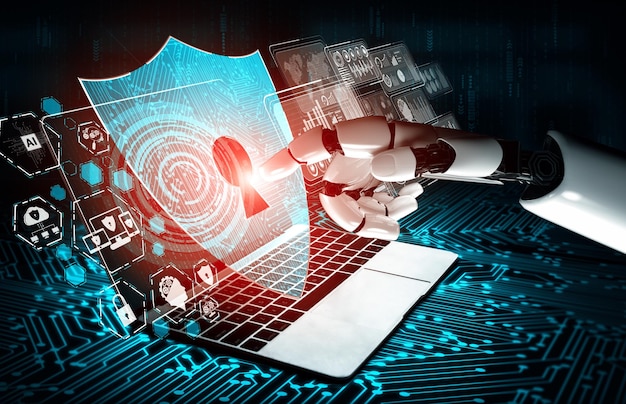
I The Intersection of AI and Cyber Threats
Overview of the cybersecurity landscape
Traditional cyber threats: The cybersecurity landscape is evolving rapidly, with new threats emerging constantly. Some of the traditional cyber threats that continue to pose significant risks include malware, which are malicious software designed to harm computer systems; phishing, which involves deceiving individuals into revealing sensitive information; and ransomware, which encrypts data and demands a ransom for its release.
Role of AI in cybersecurity
Benefits: Artificial Intelligence (AI) is increasingly being used in cybersecurity to enhance threat detection and response capabilities. AI algorithms can analyze vast amounts of data in real-time, enabling organizations to quickly identify and respond to cyber threats. Additionally, AI can be used for network security, such as intrusion detection and prevention, to help protect against unauthorized access and data breaches.
Risks:
Autonomous attacks: However, the use of AI in cybersecurity also presents new risks. For instance, self-learning malware can adapt to defenders’ actions and evade detection. Privacy concerns: There are also concerns around the use of AI in cybersecurity, particularly regarding privacy and the potential for misuse or abuse of personal data.
AI-assisted cyber threats
Autonomous attacks: AI-assisted cyber threats are a growing concern. For example, self-learning malware can analyze and adapt to network behavior to evade detection. Adversarial attacks: Another potential threat is the misuse of AI to bypass defenses. Adversarial attacks, which involve manipulating data or algorithms to deceive machine learning models, can be used to evade detection and gain unauthorized access to systems.

IV. Case Studies and Real-World Examples
AI in Cyber Attacks
One of the most notable examples of AI being used in cyber attacks is the WannaCry ransomware attack from 2017. WannaCry utilized AI for lateral movement, enabling it to spread rapidly throughout networks and infect numerous systems. Once a single system was infected, the malware used AI algorithms to identify connected devices and propagate itself across the network, encrypting files and demanding ransom payments.
Success Stories of AI in Cybersecurity Defense
Despite the potential risks, AI has also proved to be an effective tool in cybersecurity defense. One successful implementation is Palo Alto Networks’ Cortex XDR platform. Cortex XDR leverages AI and machine learning to detect and respond to threats in real-time, analyzing vast amounts of data across endpoints, networks, and cloud environments. This allows for more efficient threat hunting and response, reducing the time to contain incidents.
Palo Alto Networks’ Cortex XDR Platform
Palo Alto Networks’ Cortex XDR platform uses AI and machine learning to analyze data from various sources, such as endpoints, networks, and cloud environments. It can quickly identify and respond to advanced threats that traditional signature-based antivirus solutions might miss. The platform’s AI algorithms are capable of analyzing large amounts of data in real-time, which is essential for effective threat detection and response.
IBM Security QRadar Advisor with Watson
Another successful implementation of AI in cybersecurity is IBM Security QRadar Advisor with Watson. This security intelligence platform uses natural language processing and machine learning to analyze vast amounts of data from various sources and identify potential threats. Watson’s AI capabilities enable it to learn from new data and adapt to changing threat landscapes, making it an effective tool for detecting and responding to advanced cyber attacks. Additionally, QRadar Advisor with Watson provides context-aware security recommendations based on the analyzed data, helping security teams prioritize their response efforts.

Strategies for Mitigating AI-assisted Cyber Threats
Best practices for organizations
- Staying informed and educating employees: Organizations must stay updated on the latest AI-assisted cyber threats and trends. Regularly conducting security awareness training for employees is essential to prevent them from falling victim to phishing emails or other social engineering attacks that could compromise the organization’s network.
- Implementing multi-layered cybersecurity defenses: A comprehensive security strategy that includes firewalls, intrusion detection and prevention systems, antivirus software, and other tools is crucial. Implementing AI-powered threat intelligence platforms can help organizations detect and respond to threats more effectively.
Role of governments and regulatory bodies
- Creating guidelines for AI ethics and transparency: Governments and regulatory bodies must establish clear guidelines for the ethical use of AI in cybersecurity. Transparency in AI algorithms, data collection, and usage is essential to prevent potential biases and ensure that AI is used in a fair and unbiased manner.
- Enforcing cybersecurity regulations: Governments and regulatory bodies must enforce cybersecurity regulations to ensure that organizations comply with security standards. Penalties for non-compliance can include fines, legal action, and reputational damage.
Future trends and solutions
- Human-AI collaboration in cybersecurity: Human-AI collaboration is the future of cybersecurity. Combining human expertise with AI’s ability to analyze large amounts of data can help organizations detect and respond to threats more effectively.
- Continuous monitoring and threat intelligence: Continuous monitoring of networks, applications, and endpoints is essential to detect threats early. Integrating AI-powered threat intelligence can help organizations respond to threats more effectively by providing real-time insights into potential attacks and vulnerabilities.
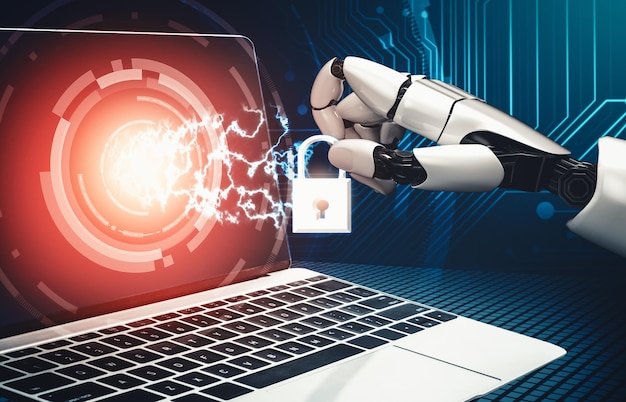
VI. Conclusion
In this article, we have explored the evolving role of Artificial Intelligence (AI) in cybersecurity and its implications for individuals, businesses, and policymakers.
Key Points:
We began by discussing how AI is transforming cybersecurity with its ability to learn, adapt, and respond faster than human analysts. Next, we delved into the use cases of AI in cybersecurity, such as threat detection, incident response, and vulnerability assessment. However, we also acknowledged the potential risks associated with AI, including privacy concerns, lack of transparency, and bias.
Implications:
For individuals, AI can provide enhanced security and protection against cyber threats. However, it is essential to stay informed about the technology’s capabilities and limitations, as well as the potential risks. For businesses, AI can help improve security posture and reduce response times to threats, but they must invest in the necessary infrastructure and expertise to implement and manage AI systems effectively. Finally, for policymakers, it is crucial to establish ethical frameworks and regulations that ensure AI is used responsibly in cybersecurity and protect the privacy and security of citizens.
Call to Action:
As we move towards a more AI-driven cybersecurity landscape, it is essential that we stay informed about the latest developments and best practices. We must also remain vigilant against potential risks and threats, whether they come from malicious actors or unintended consequences of AI itself. Lastly, we must embrace the potential of AI in cybersecurity while mitigating its risks. This will require collaboration between industry, government, and academia to ensure that AI is used ethically, transparently, and effectively in cybersecurity.

